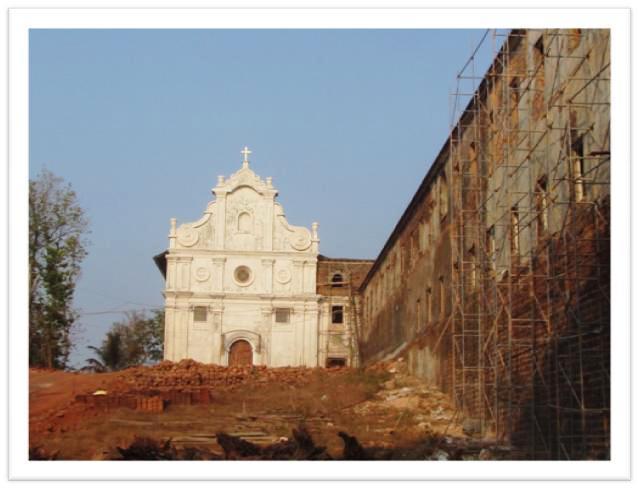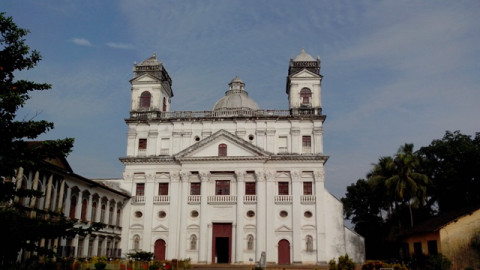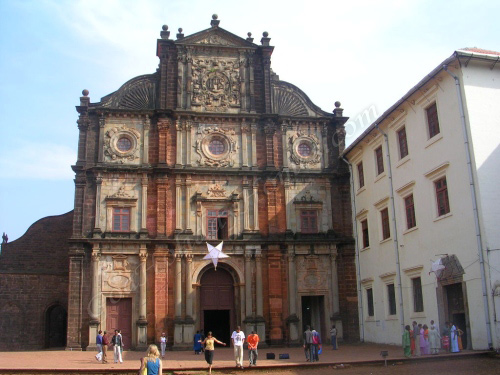
Church of the Cross of Miracles: A Hidden Gem of Goa’s History
Tucked away in the historic heart of Old Goa, the Church of the Cross of Miracles remains a lesser-known yet deeply significant site. Though time

Tucked away in the historic heart of Old Goa, the Church of the Cross of Miracles remains a lesser-known yet deeply significant site. Though time

Goa transforms into a magical wonderland during winter, with its historic churches shining brightly in the festive spirit of Christmas. Visiting these architectural marvels not

The Feast of St. Francis Xavier is a global celebration of faith, dedicated to one of the Catholic Church’s most revered saints. St. Francis Xavier